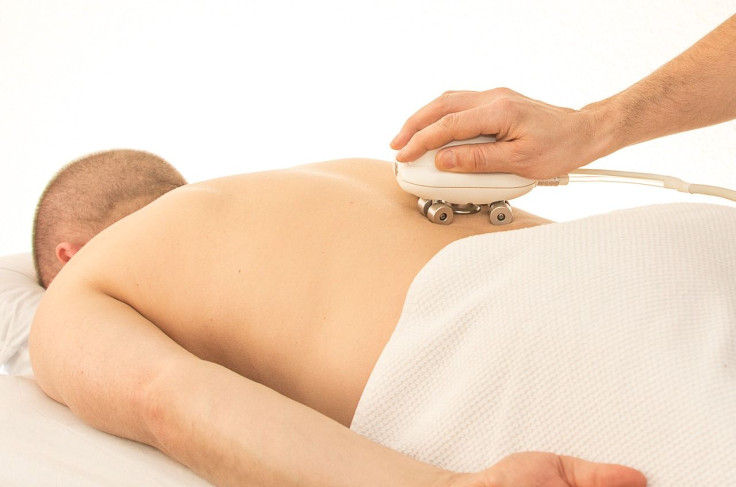The Best Exercises One Can Perform At Home To Help Ease Back Pain

The ailment has a lot of possible causes. In the case of sciatica, it involves pain within the sciatic nerve region. This nerve runs from the base of the spine to the back of your legs. Various conditions are known to cause sciatica, one of which is a spinal bone spur. The pain can be a dull ache to something akin to an electric shock. Another reason for back pain may be a muscle strain, spinal stenosis, a herniated disc, or degenerative disc disease.
Bad Posture
One of the most common causes of back pain is bad posture while sitting for extended periods. Oftentimes, office workers have this complaint. Health professionals say that sitting in a hunched over or slouched position can cause undue strain to the discs, the fluid-filled material that acts as cushions between the vertebrae.
Lyndsay Hirst, the owner of Your Pilates Physio, says the prolonged postures can cause back pain. If you move regularly, like standing up, changing positions, or performing sitting exercises, the risk of having back pains greatly decreases.
Performing exercises to strengthen your back can also help ease and even prevent back pain. It also helps strengthen your core, arm, and leg muscles.
In a study by the US National Library of Medicine National Institute of Health, it observed that back pain is among the major health issues in countries in the Western Hemisphere. Research says that around 60 to 80 percent of adults are likely to suffer from it.
Exercise is a Must
The research team also studied the impact of physical activity and exercise on non-specific low back pain. They concluded that exercise or performing physical activities could improve blood flow to your lower back section, reducing the stiff feeling and speeding up the process of healing.
Some of the best home exercises to ease back pain, according to the research team, are knee-to-chest stretch, draw-in maneuvers, and lower back rotational stretches. Bridges have also been known to work on the gluteus maximus or the large muscle of the buttocks.
In the case of knee-to-chest stretch, the activity helps extend the lower back and alleviates pain and tension in the area. Draw-in maneuvers, in the meantime, work on the front and side muscles of the abdomen, which stabilizes the lower back region and the spine.
The lower back rotational stretch relieves tension in the trunk and lower back part. It also gradually works on the core muscles, greatly improving stability.
If these home exercises fail to alleviate the pain after several tries, then visiting the doctor is a must. There are cases where the pain is caused by more than just a minor strain or pain. If your daily routine is already jeopardized by the pain, then it is time to see a doctor see what’s wrong.
© Copyright IBTimes 2025. All rights reserved.





















